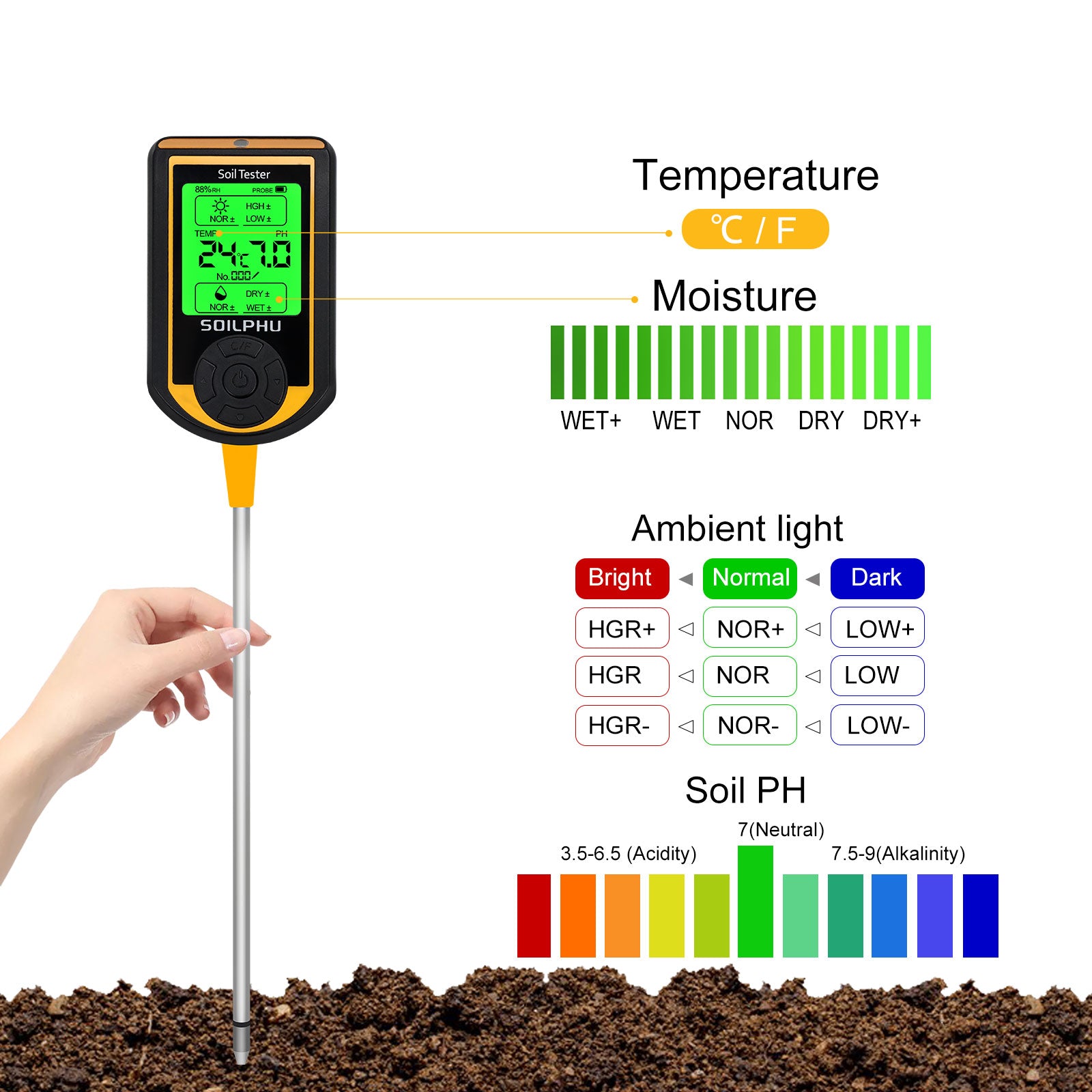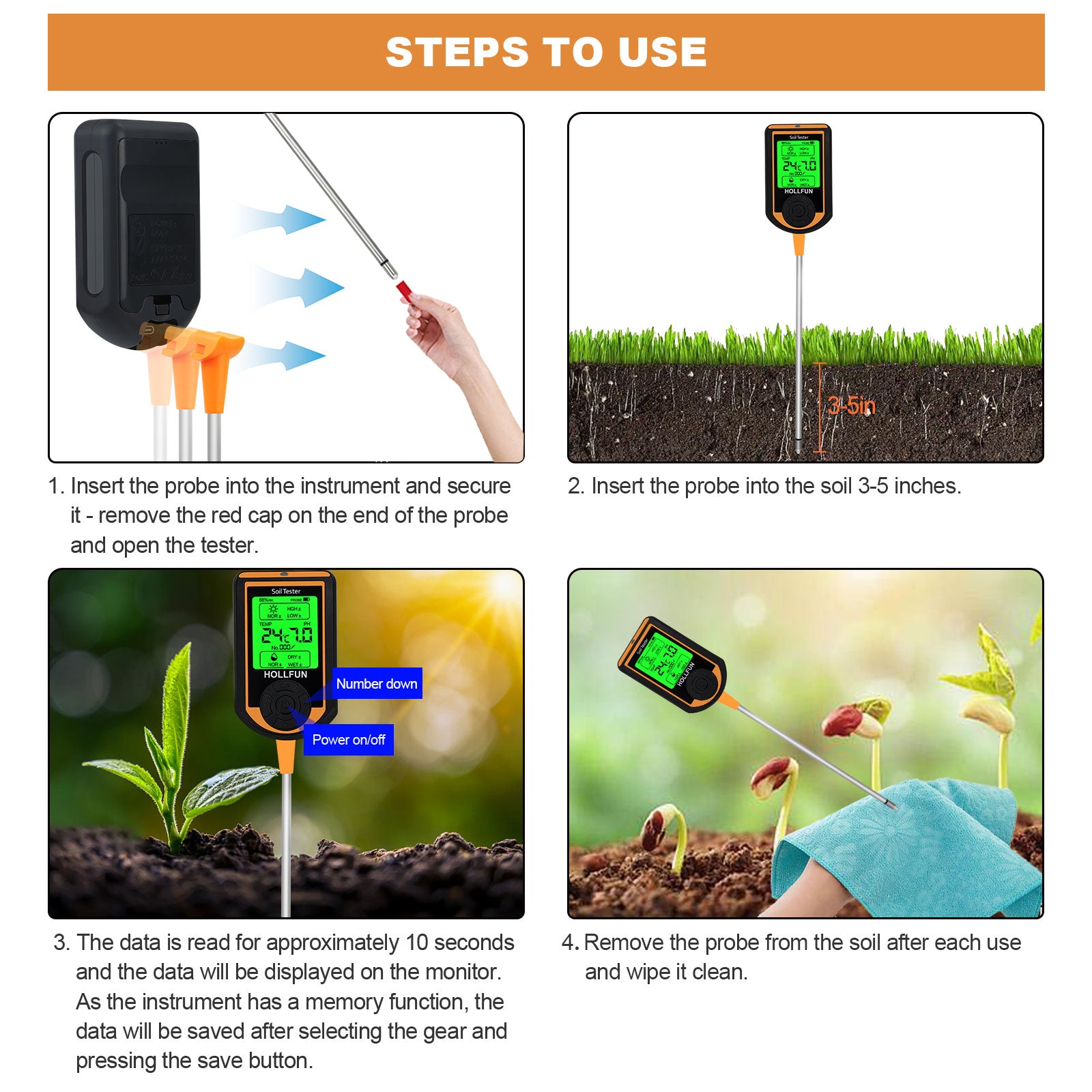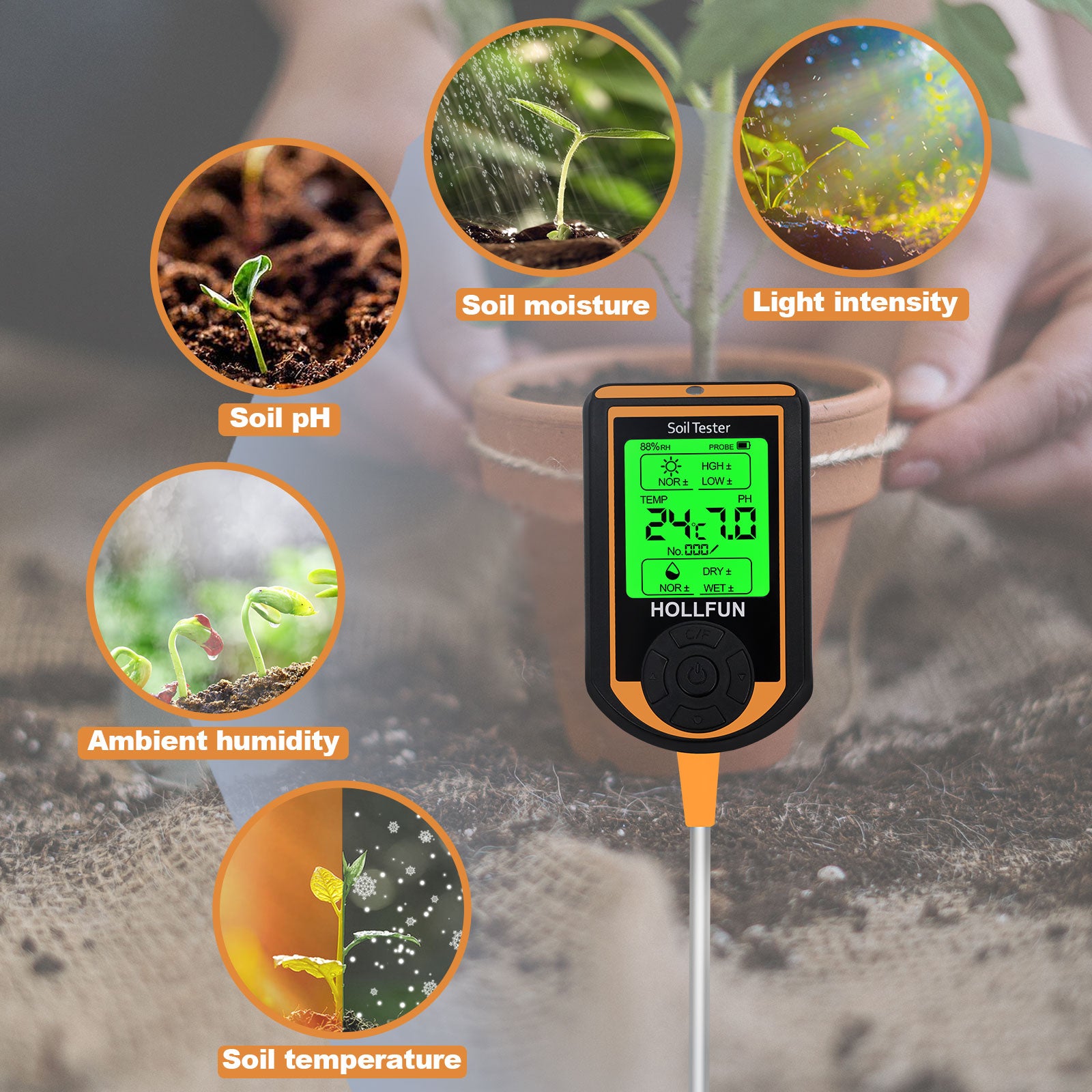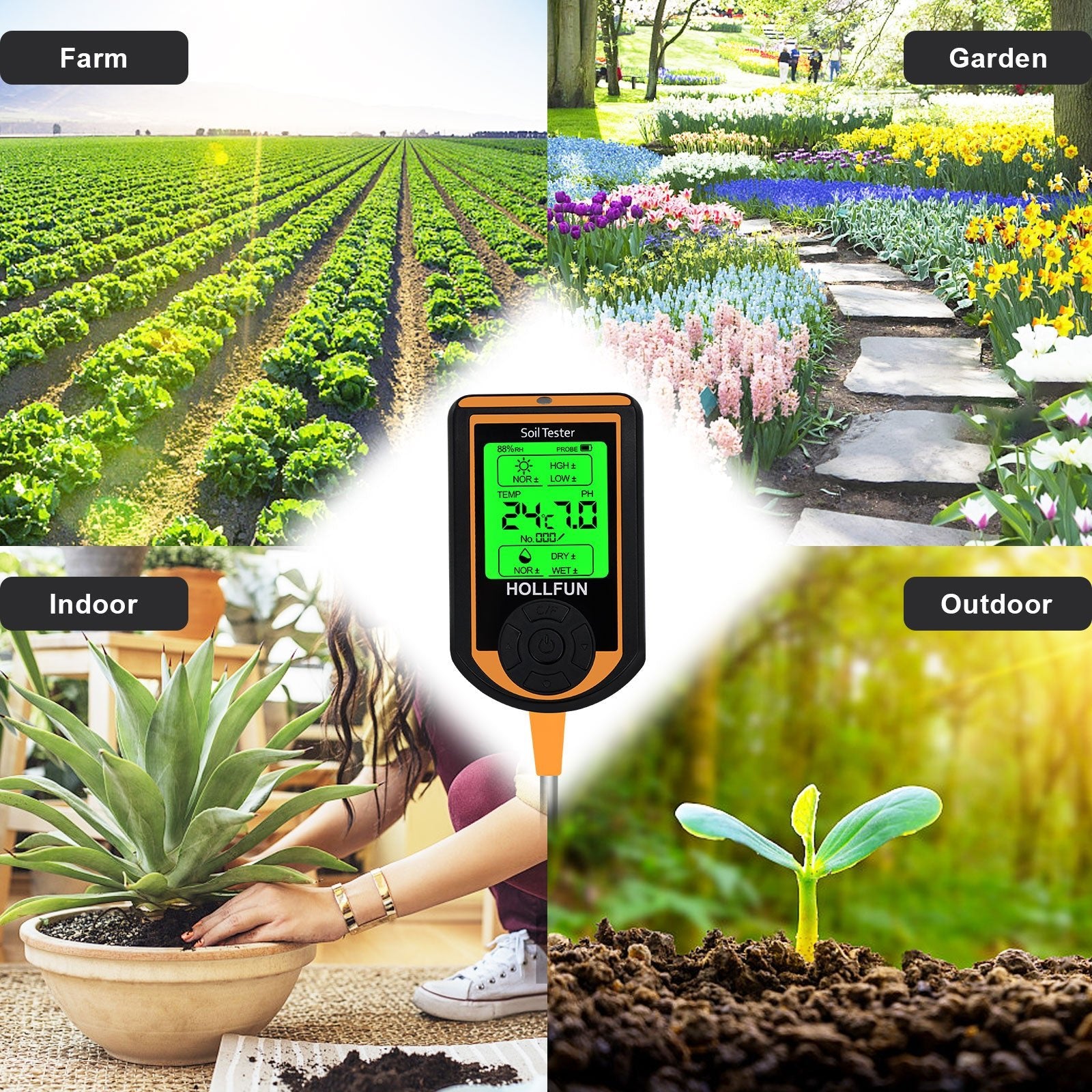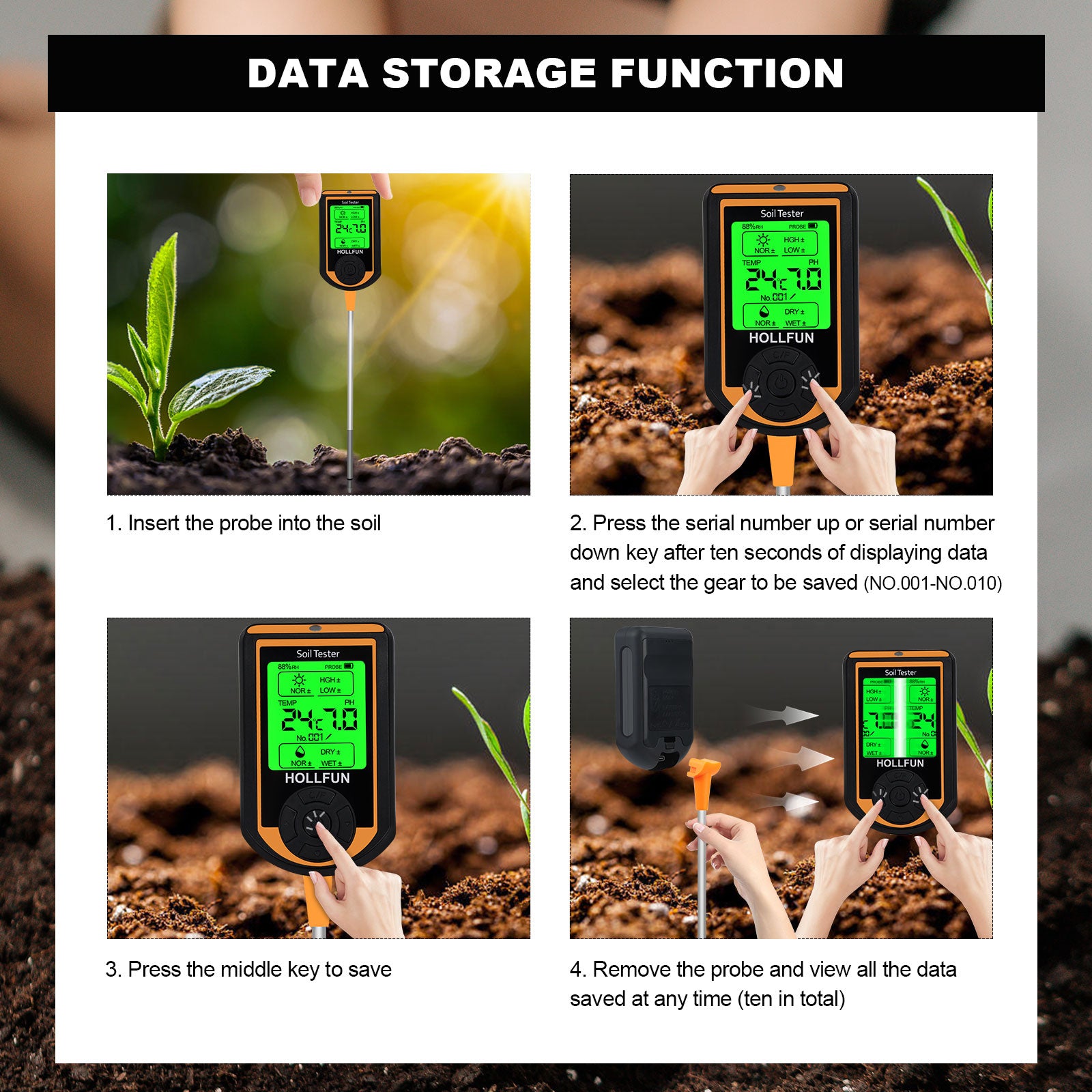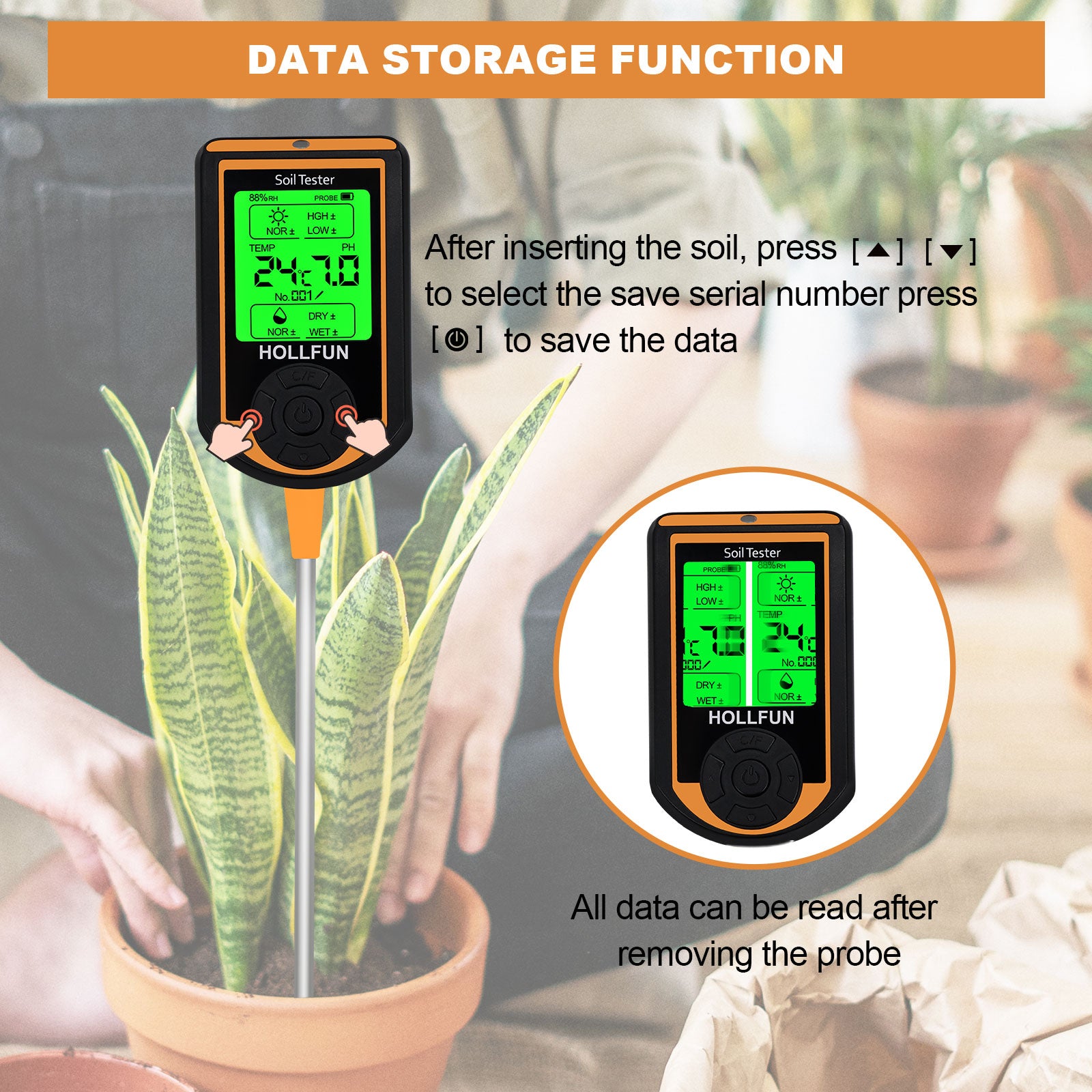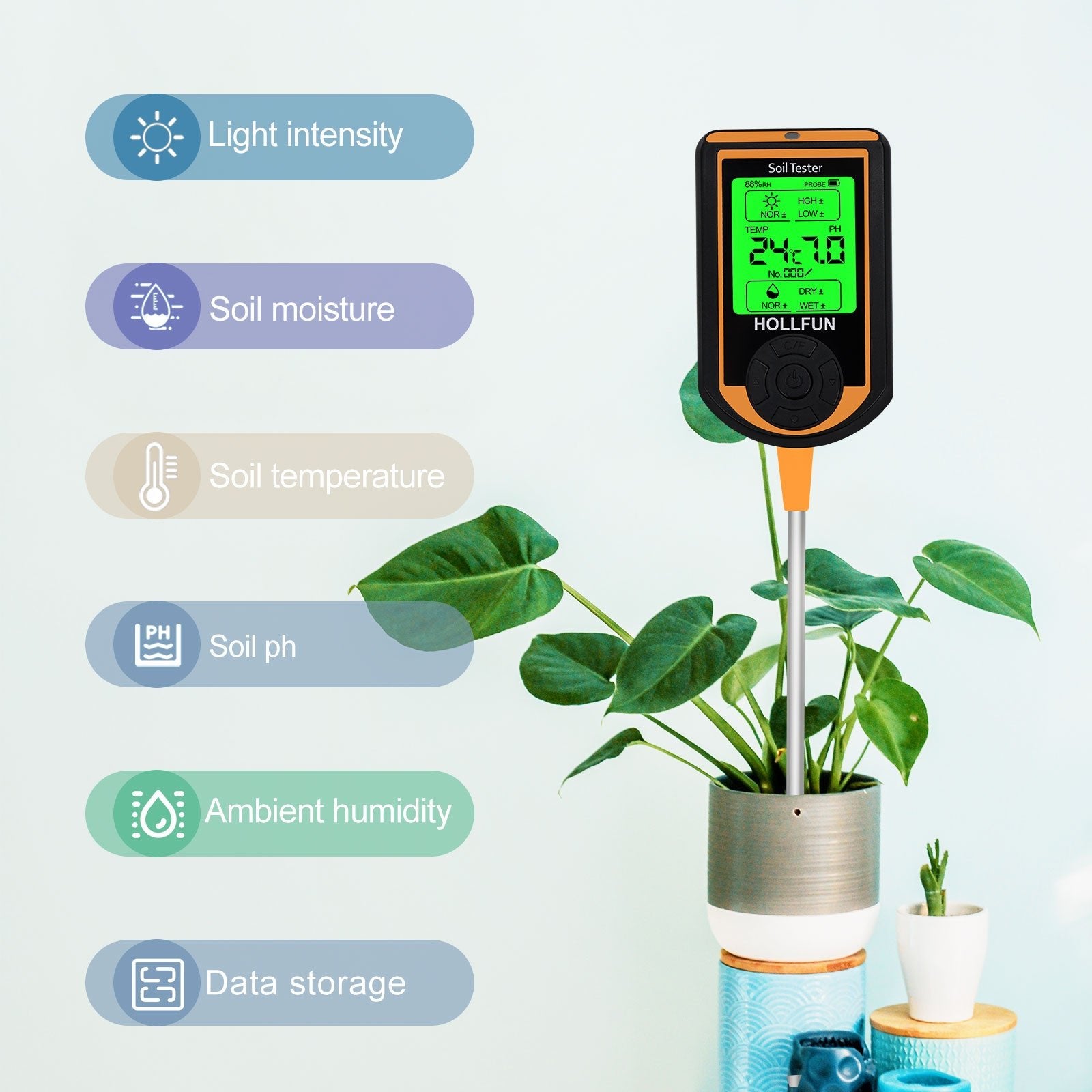Introduction:
- Daylilies (Hemerocallis) are not just a gardener's delight but also a testament to nature's beauty, showcasing a spectrum of vibrant colors and intricate designs. These hardy perennial flowers are known for their resilience, adaptability, and the fact that each bloom lasts only a day, making every blossom a fleeting but spectacular moment in your garden. If you're looking to add a touch of elegance to your outdoor space, planting daylilies is a fantastic choice. In this guide, we'll walk you through the steps of planting and caring for daylilies to ensure a successful and colorful garden.
Choosing the Right Variety:
- Before you start planting daylilies, consider the variety that best suits your garden's aesthetics and your local climate. There are thousands of daylily cultivars, offering a wide range of colors, sizes, and bloom times. Whether you prefer vibrant reds, soothing blues, or delicate pastels, there's a daylily for every taste. Additionally, some varieties are early bloomers, while others flower later in the season. Researching and selecting the right daylily for your region ensures a thriving and visually appealing garden.
Selecting an Ideal Planting Location:
- Daylilies are known for their adaptability to various conditions, but they thrive in well-drained soil and full sunlight. Choose a location in your garden that receives at least six hours of direct sunlight each day. Ensure that the soil is well-draining to prevent waterlogged roots, which can lead to root rot. If your soil is heavy clay, consider amending it with organic matter, such as compost, to improve drainage.
Planting Daylilies:
- Follow these steps to plant your daylilies successfully:
(1)Prepare the Soil:
- Work the soil to a depth of about 12 inches, removing any weeds or debris. Incorporate organic matter, such as compost, to enhance soil fertility and drainage.
(2)Digging Holes:
- Dig holes for each daylily, spacing them according to the recommended distance for the specific variety you have chosen. Typically, space daylilies 18 to 24 inches apart.
(3)Planting Depth:
- Place the daylily rhizome (thickened stem) in the hole with the roots spread out. Position the crown (the point where the roots meet the foliage) just at or slightly below the soil surface. This helps prevent diseases and encourages healthy growth.
(4)Watering:
- Water the newly planted daylilies thoroughly to settle the soil around the roots. Keep the soil consistently moist during the first few weeks until the plants establish themselves.
Caring for Daylilies:
- Daylilies are relatively low-maintenance, but a little care goes a long way in ensuring vigorous growth and abundant blooms:
(1)Watering:
- While daylilies are drought-tolerant once established, regular watering is essential, especially during dry periods. Water at the base of the plants to keep foliage dry and prevent diseases.
(2)Mulching:
- Apply a layer of mulch around the base of the daylilies to conserve moisture, suppress weeds, and regulate soil temperature. Mulching also adds organic matter to the soil as it breaks down.
(3)Fertilizing:
- Daylilies benefit from a balanced, slow-release fertilizer applied in early spring as new growth emerges. Follow the package instructions for the specific fertilizer you choose.
(4)Deadheading:
- Remove spent blooms regularly to encourage continuous blooming and maintain a tidy appearance. Cut the flower stalk down to the foliage to redirect the plant's energy.
Conclusion:
- Planting daylilies is a rewarding endeavor that brings bursts of color and elegance to your garden throughout the growing season. With their versatility, resilience, and captivating beauty, daylilies are a perfect choice for both novice and experienced gardeners. By selecting the right varieties, providing optimal growing conditions, and giving them a little care, you'll be treated to a stunning display of daylily blooms in your garden year after year.



